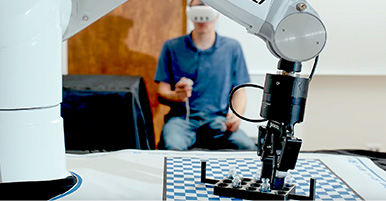Citation
Sarker, M., Talcott, C., Madrid, P. et al. Combining Cheminformatics Methods and Pathway Analysis to Identify Molecules with Whole-Cell Activity Against Mycobacterium Tuberculosis . Pharm Res 29, 2115–2127 (2012). https://doi.org/10.1007/s11095-012-0741-5
Abstract
Purpose
New strategies for developing inhibitors of Mycobacterium tuberculosis (Mtb) are required in order to identify the next generation of tuberculosis (TB) drugs. Our approach leverages the integration of intensive data mining and curation and computational approaches, including cheminformatics combined with bioinformatics, to suggest biological targets and their small molecule modulators.
Methods
We now describe an approach that uses the TBCyc pathway and genome database, the Collaborative Drug Discovery database of molecules with activity against Mtb and their associated targets, a 3D pharmacophore approach and Bayesian models of TB activity in order to select pathways and metabolites and ultimately prioritize molecules that may be acting as substrate mimics and exhibit activity against TB.
Results
In this study we combined the TB cheminformatics and pathways databases that enabled us to computationally search >80,000 vendor available molecules and ultimately test 23 compounds in vitro that resulted in two compounds (N-(2-furylmethyl)-N′-[(5-nitro-3-thienyl)carbonyl]thiourea and N-[(5-nitro-3-thienyl)carbonyl]-N′-(2-thienylmethyl)thiourea) proposed as mimics of D-fructose 1,6 bisphosphate, (MIC of 20 and 40 μg/ml, respectively).
Conclusion
This is a simple yet novel approach that has the potential to identify inhibitors of bacterial growth as illustrated by compounds identified in this study that have activity against Mtb.


